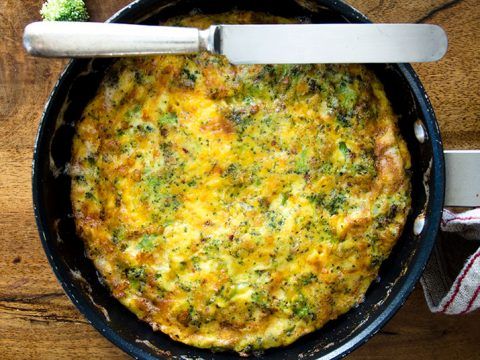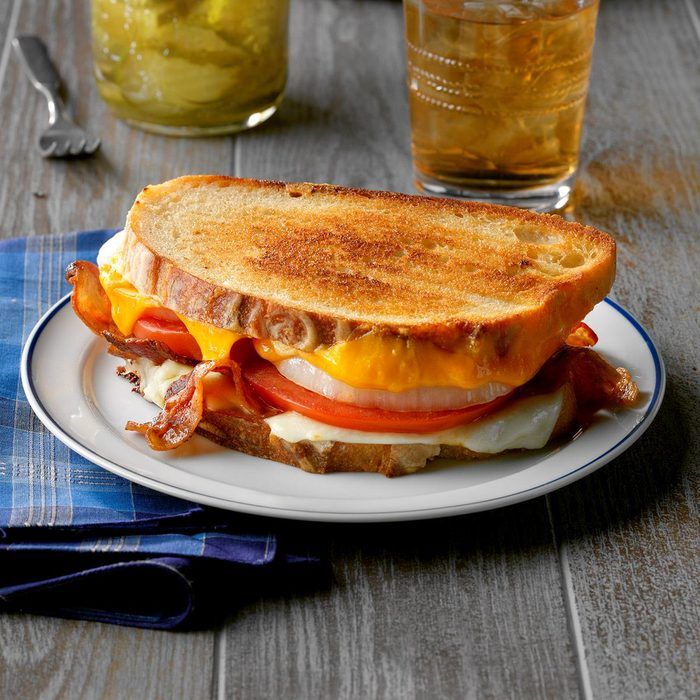Hello my friends,
Spring is approaching (hard to believe today!), so we’re starting to see ads touting every type of diet – it’s insidious.
Diets don’t work, which is why there are so many. We try one that works for a while, then it doesn’t, then we try it again, and it might seem like it’s working, then it doesn’t. So we try another one, and it works for a while… the industry is going to the bank preying on the tendency toward magical thinking.
Restrictive diets are a big reason why so many people struggle with nutrition.
The only diet that will “work” is one that includes a wide variety of real foods you enjoy with all the fruits and veg colors, plus appropriate fats, protein, and carbs, and portions that fuel your body for the activities you do.
The diet industry is worth billions (64.7 Billion to be exact) – and it profits off our insecurity around our bodies and our health. This industry has hijacked our culture, minds, and wallets, and it preys more specifically on women and girls.
It’s common to blame individual foods, or an entire category of foods for health problems.
Today let’s look at dairy, and cheese (in the 2 recipes below) in particular. Dairy has come under fire on claims it causes obesity, dangerous levels of inflammation, and cancer.
The truth:
Research suggests that dairy has many health benefits and is linked to improved lifespan.
That was the result of a a review assessing the health of more than 900,000 people. The scientists found that there’s no strong link between eating milk-based foods and premature death or cardiovascular disease. If that wasn’t enough, another study of 45,000 people found that a moderate amount of dairy reduced all-cause mortality and didn’t increase cancer risk.
What about inflammation? Scientists reviewed 16 different studies on the topic and found that dairy had no inflammatory impact on healthy individuals.
There’s even a review of 27 different studies suggesting that people who eat dairy lose more fat and retain more muscle.
If you enjoy dairy, there are many reasons that it might support your goals and even improve overall health.
Many of the ingredients in cheddar cheese offer a variety of health benefits. Some of those benefits include:
Lower cholesterol. Despite its saturated fat content, eating cheddar cheese in moderation may help you lower your cholesterol. This is especially true for middle-aged adults.
Participants in one study had more success getting their cholesterol levels down after eating full-fat cheese than people who ate reduced-fat cheese or butter. This was true for both overall levels and LDL (“bad”) cholesterol. Researchers credit this effect to the “cheese matrix”— a concept describing how the arrangement of proteins and calcium in cheese offers a variety of health benefits.
Bone strength. Cheddar cheese is a good source of calcium—one of the most important nutrients for promoting bone health. People who maintain a diet rich in calcium are less likely to develop osteoporosis. The vitamin K in cheddar cheese also plays a valuable role in promoting bone health.
Healthy teeth. While daily brushing and flossing are key to maintaining dental health, diet is also important. Snacking on cheese—instead of sugary snacks—may help reduce cavities.
In one study on dairy products and oral health, participants who ate cheddar cheese saw a significant increase in pH levels in their mouths compared to people who drank milk or ate sugar-free yogurt. Low pH raises the chances of cavities.
Potential Risks:
Some people are allergic to a protein in cheese called casein. An allergic reaction to this substance can cause inflammation throughout the body, rashes, acne, headaches, and sinus congestion.
If you’re intolerant to lactose, the sugar that naturally occurs in cheese, this can also trigger a reaction. Symptoms of lactose intolerance can include bloating, flatulence, and diarrhea.
If you’ve never been tested for these sensitivities, talk with your doctor or a dietician about them.
Cheddar cheese has fairly high levels of saturated fat compared to other dairy products. Eating foods high in saturated fats can raise your cholesterol levels and put you at risk of cardiovascular disease.
If you are truly lactose intolerant, if you follow a vegan diet, or if you feel bad when you have dairy, sure, remove it from your diet.
If you love cheese like I do, here are 2 recipes for breakfast, lunch or dinner. Enjoy!
Onward~
Polli
Cheese, broccoli, and kale frittata

Ingredients (8 servings)
- 10 large eggs
- ½ cup milk
- Salt and pepper
- 1 tbsp grapeseed oil
- ½ Spanish white onion, small dice
- 2 cups sliced broccoli
- 2 cups baby kale
- 1 cup white cheddar cheese, shredded
Instructions
- Preheat oven to 425 degrees.
- In a large bowl, add eggs and milk. Season with salt and pepper.
- In a 10-inch cast iron skillet or non-stick pan over medium heat, add grapeseed oil and onions, and cook for approximately 4 minutes, allowing onions to get some color. Next add broccoli and kale allow to cook another 3 minutes.
- Add egg and milk mixture. Cook on stove top for 2 minutes.
- Place egg mixture in the oven, cook for 6 minutes and top with grated cheddar cheese.Best Ever Grilled Cheese SandwichesBest Ever Grilled Cheese Sandwiches
Best Ever Grilled Cheese Sandwich
 Best Ever Grilled Cheese Sandwiches Recipe photo by Taste of Home
Best Ever Grilled Cheese Sandwiches Recipe photo by Taste of Home
Ingredients
- 2 tablespoons mayonnaise
- 1 teaspoon Dijon mustard
- 4 slices sourdough bread
- 2 slices Swiss cheese
- 2 slices cheddar cheese
- 2 slices sweet onion
- 1 medium tomato, sliced
- 6 cooked bacon strips
- 2 tablespoons butter, softened
Instructions
- Combine mayonnaise and mustard; spread over 2 bread slices. Layer with cheeses, onion, tomato and bacon; top with remaining bread. Spread outsides of sandwiches with butter.
- In a small skillet over medium heat, toast sandwiches until cheese is melted, 2-3 minutes on each side.
Additions to grilled cheese:
You can add ingredients to grilled cheese, including bacon, peppers, avocados, jam or apple slices.
Is mayo or butter better for grilled cheese?
Most grilled cheese pros agree that mayonnaise is the way to go, but it comes down to personal preference.
What cheese is best for grilled cheese?
Many cheeses work great for grilled cheese, but choose cheese that melts well, like cheddar, Monterey Jack and Gruyere cheese, but varieties such as Brie or Manchego cheeses are also great. Get more grilled cheese recipes. Research contributed by Mark Hagen, Taste of Home Executive Editor




